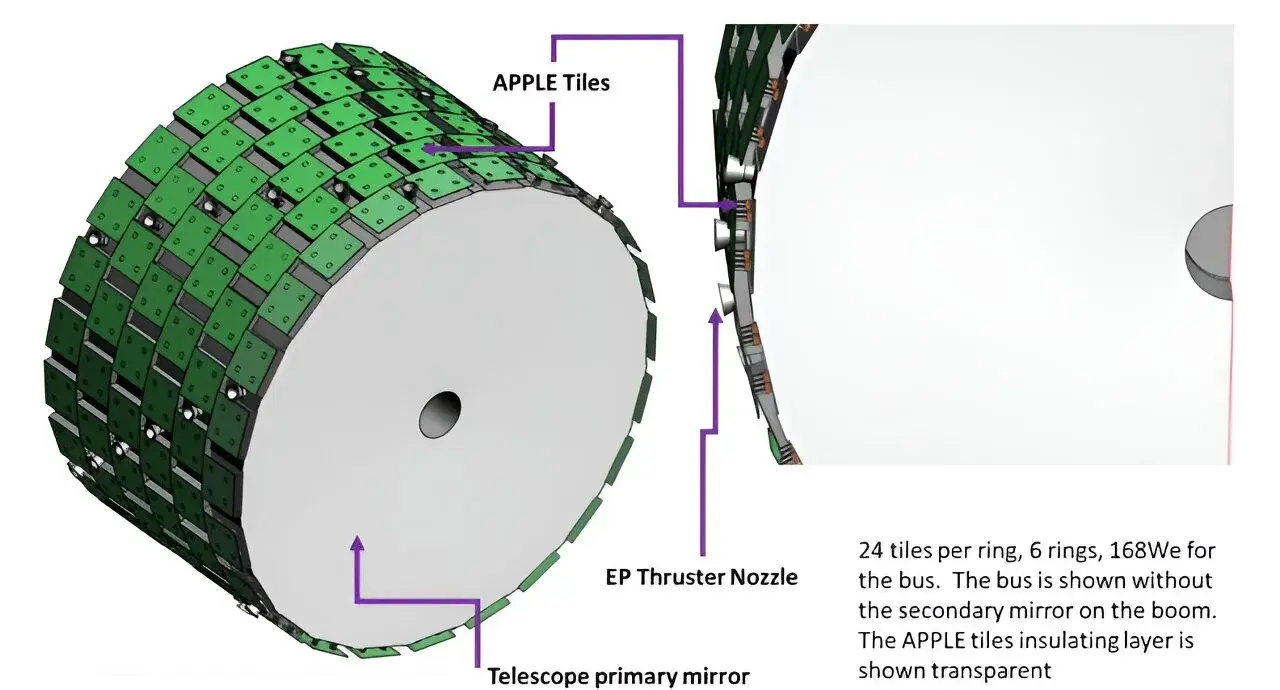Improved radioisotope thermoelectric generator could dramatically reduce the weight of interplanetary missions
An improved radioisotope thermoelectric generator could dramatically reduce the weight of interplanetary missions
https://phys.org/news/2023-08-radioisotope-thermoelectric-generator-weight-interplanetary.html
Radioisotope thermoelectric generators (RTGs) are the power plants of the interplanetary spacecraft. Or at least they have been for going on 50 years now. But they have significant drawbacks, the primary one being that they're heavy. Even modern-day RTG designs run into the hundreds of kilograms, making them useful for large-scale missions like Perseverance but prohibitively large for any small-scale mission that wants to get to the outer planets. Solar panels aren't much better, with a combined solar panels and battery system, like the one on Juno, coming in at more than twice the weight of a similarly powered RTG.

The improvement comes from providing energy generation and storage in one package that can either radiate heat away or direct it to other necessary components. It is designed as a tile that outputs and stores a specific amount of power. The tile can either be single sided, and coat the outside of the spacecraft such that the waste heat generated can be radiated away, or it can be dual-sided, with the whole assembly isolated out on a strut from the spacecraft it is powering, like a solar panel. What's more impressive is that the tiles can be strung together—need a higher power output? Simply select the number of tiles right for your application.